Notes on Shrimp Farming during the Seasonal Transition in 2023

Shrimp farmer maintaining pond bottom hygiene.
Currently entering the transitional season, the prolonged periods of intense sunlight or heavy rain can result in significant temperature fluctuations between day and night, directly affecting the farmed shrimp. If environmental factors undergo sudden changes beyond permissible limits, the shrimp may become weakened, stressed, and could potentially die in large numbers. Specifically, farmers need to regularly check the pH levels in the pond; if the pH is not within the appropriate range, the application of CaCO3 lime is necessary at a rate of 15-20 kg/100m2.
During the rainy season, the water layer on the surface, and the temperature difference between day and night, can reach up to 5°C, posing a high risk of shock to farmed shrimp. Therefore, it is crucial to ensure the appropriate depth for the cultivation field, with a minimum water level of 50cm on the field's surface. When the air and water temperatures rise, the dissolved oxygen level in the water decreases, leading to increased oxygen consumption by aquatic species in the pond, resulting in oxygen depletion. Hence, maintaining an appropriate oxygen level for the shrimp's development is vital. Simultaneously, farmers should have emergency oxygen tablets in reserve for situations of urgent oxygen deficiency.

Farmers need to adhere to the correct seasonal schedule
Furthermore, to achieve effective seasonal shrimp farming, farmers need to adhere to the correct seasonal schedule. They should adapt and design shrimp cultivation fields to accommodate climate change, drought, and salinity intrusion. Farms with large cultivation areas should consider adding nursery ponds and sedimentation ponds. During the farming process, strict measures for comprehensive disease prevention should be applied. In case of disease outbreaks, immediate notification to relevant authorities is essential for prompt intervention to prevent widespread dissemination. Farmers should pay increased attention to production methods, especially in the design and reinforcement of pond embankments to ensure water retention and effective pond improvement.
Source: Bac Lieu Newspaper
Cold stress: Effects on the plasma characteristics of whiteleg shrimp.
A new breakthrough in the prevention of diseases caused by the microsporidian parasite EHP in shrimp farming
Vietnam’s shrimp export outlook in the first quarter of 2026 continues to face heavy pressure from tariffs.
New England’s shrimp fishery to shut down for the long haul after years of decline
Crab exports to the United States account for more than 80%.
Thailand sets a target to increase shrimp production to 400,000 tons by 2026.
CTU-RAS: Recirculating Shrimp Farming for Sustainable Development
Vietnamese aquatic products reach new markets
Global Shrimp Forum: Global shrimp trade is reshaping
China’s Import Value Up 10%, Vietnamese Shrimp Remains Among Leading Suppliers
After the 7.5-magnitude offshore earthquake in Aomori that injured 34 people, Japan has issued a warning about a potential mega-earthquake
India’s shrimp exports accelerate despite the trade war with the United States








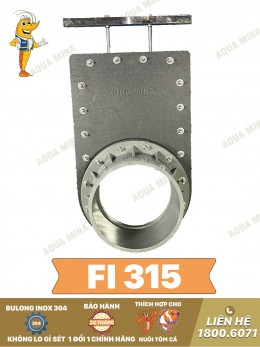
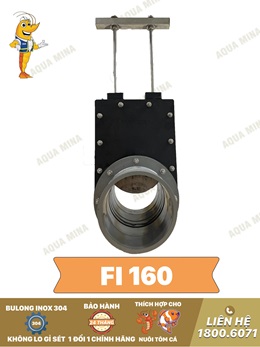
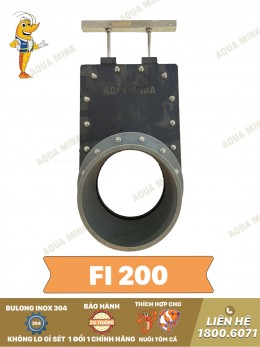
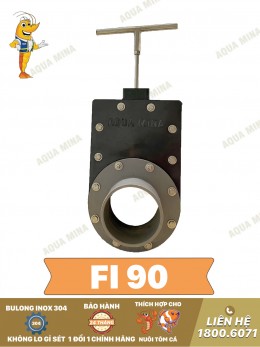
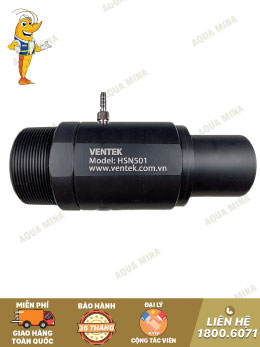
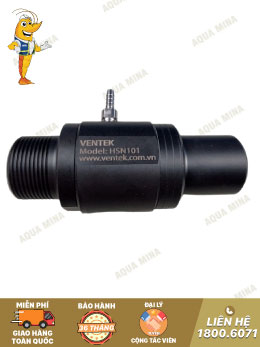
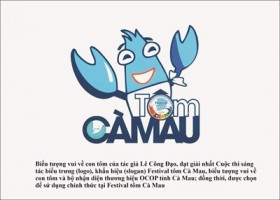
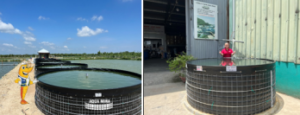

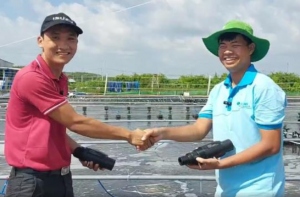
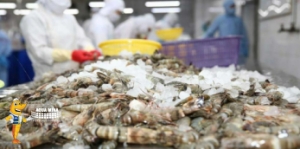
.jpg)